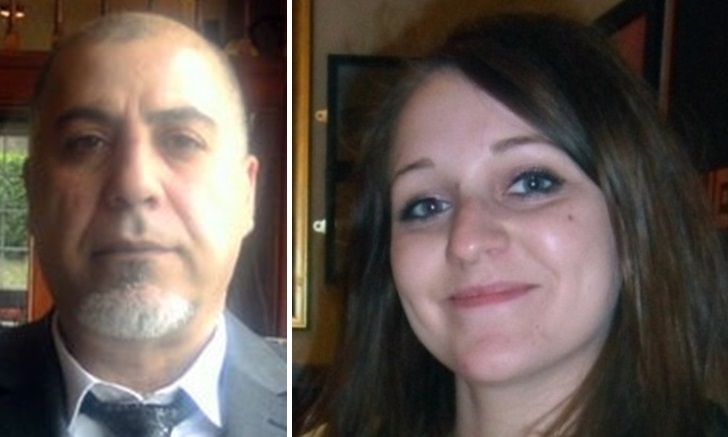A Polish teacher found dead in her former partner’s Perthshire garden sustained 19 stab wounds, a murder trial has heard.
Graphic autopsy photographs of Agnieszka Szefler’s body in a Dundee mortuary were shown to the jury at the trial of Mohammed Ali Abboud, who denies killing the 27-year-old at his home in Bridge of Earn in January.
The trial at the High Court in Edinburgh heard that 11 of the stab wounds were to Miss Szefler’s back.
The jury heard closing speeches on the seventh day of Abboud’s trial.
A special defence of self-defence was withdrawn by Abboud’s legal team this morning.
In her closing speech, advocate depute Sheena Fraser told the jury: “Agnieszka Szefler had no chance.
“I suggest this was a brutal attack on a defenceless young woman who was packing her belongings to move on with her life.”
Ms Fraser said there was “clear, direct, eyewitness evidence” from Abboud’s neighbour Chloe Forbes-Kindlen that he had stabbed Miss Szefler twice in his back garden.
Ms Fraser continued: “We heard from the pathologist Dr Brownlow that she couldn’t see how some of the back injuries could be self-inflicted.
“The wounds were indeed inflicted by the only other person in the house at the time, Mohammed Ali Abboud.”
Defence advocate Ronnie Renucci told the jury in his closing speech: “Suspicions are not enough, ladies and gentlemen.
“Murder is the most serious charge you can have, but it is always an emotive one.
“But you must put emotions to one side and consider the evidence.”
Mr Renucci said Abboud’s position had remained consistent throughout his police interviews.
He said: “If the Crown are correct, Mohammed Abboud, a mature family man of 57, with no history of domestic violence, suddenly and inexplicably, out of the blue launches a sustained attack on her.It makes no sense.”
The Crown case concluded this morning and no defence witnesses were called.
In earlier evidence, forensic pathologist Dr Helen Brownlow, 37, confirmed the cause of Miss Szefler’s death was “stab wounds and sharp force injury”.
Dr Brownlow detailed a number of injuries to Miss Szefler’s body, including a “gaping” 58mm wound to her upper chest.
Abboud, 57, denies biting Miss Szefler repeatedly on the body, striking her repeatedly on the body with a knife or similar instrument, pursuing and straddling her, and again striking her repeatedly with a knife or similar instrument on January 23 at Horsemill Place, Bridge of Earn.
Abboud is then alleged to have washed blood from the knife and placed it under Miss Szefler’s body to give the appearance she was in possession of it.
It is then alleged that Abboud repeatedly struck himself on the body with a knife to give the appearance that he had been assaulted by Miss Szefler.
Lord Uist is expected to deliver his charge to the jury on Thursday.
